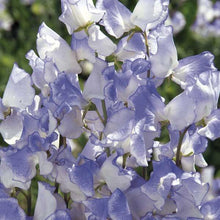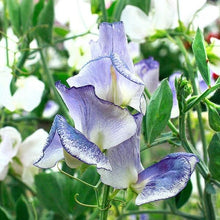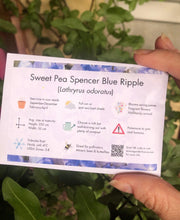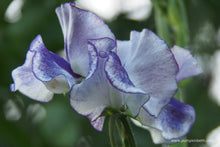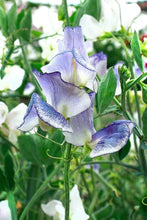
Description
This listing refers to the sale of seeds. Each pack contains 50 seeds.
Lathyrus odoratus is beloved for its sweet, honey-like flowers. They can be grown as annuals or herbaceous or evergreen perennials with pinnate leaves and showy pea-like flowers.
Sweet Pea Spencers are one of the most popular and beloved varieties. They have a wonderful color range, long stems, varying degrees of perfume and are the most highly prized by the exhibitor's of the flower. They usually have four large blooms per stem and make for a fabulous show in the summer garden. Blue Ribble has indigo-blue splotches across a cream-colored background.
Spencer Series sweet peas are known as late-flowering because they require at least 12 hours of daylight.
Details
Care
You may also like
-
Sweet Pea "Spencer Old Times"
![]()
- Regular price
- $6.00
- Sale price
- $6.00
- Regular price
-
- Unit price
- per
Sold out -
Sweet Pea "Spencer Pulsar"
![]()
- Regular price
- $6.00
- Sale price
- $6.00
- Regular price
-
- Unit price
- per
Sold out -
Sweet Pea "Winter Sunshine - Navy"
![]()
- Regular price
- from $6.00
- Sale price
- from $6.00
- Regular price
-
- Unit price
- per
Sold out -
Sweet Pea 'Elegance' - Lavender
![]()
- Regular price
- $5.00
- Sale price
- $5.00
- Regular price
-
- Unit price
- per
Sold out





